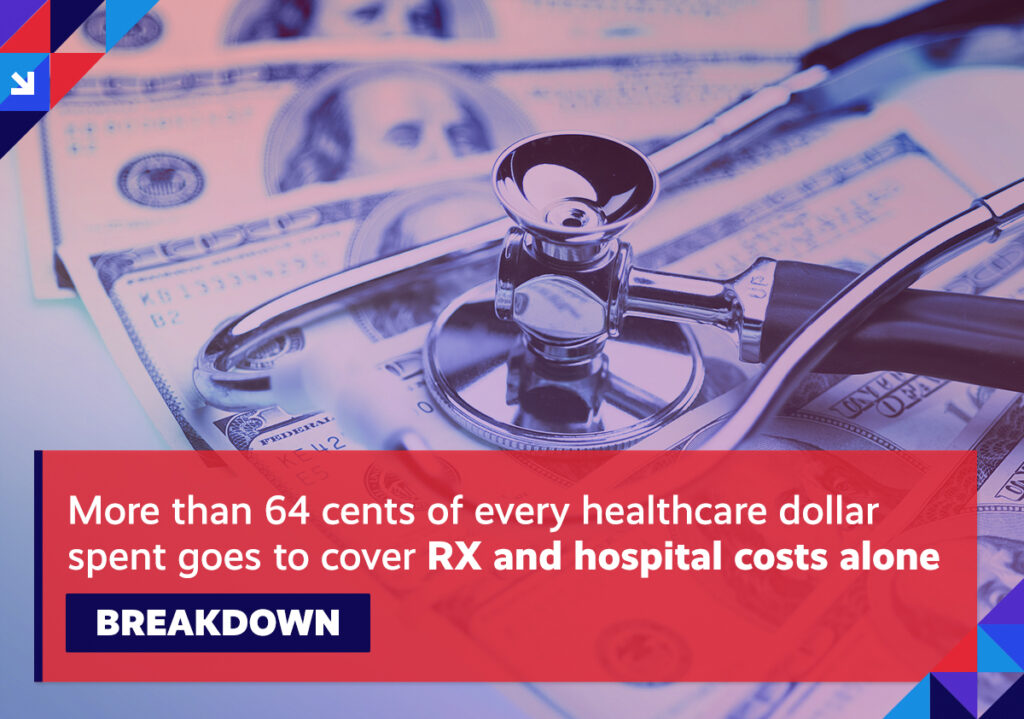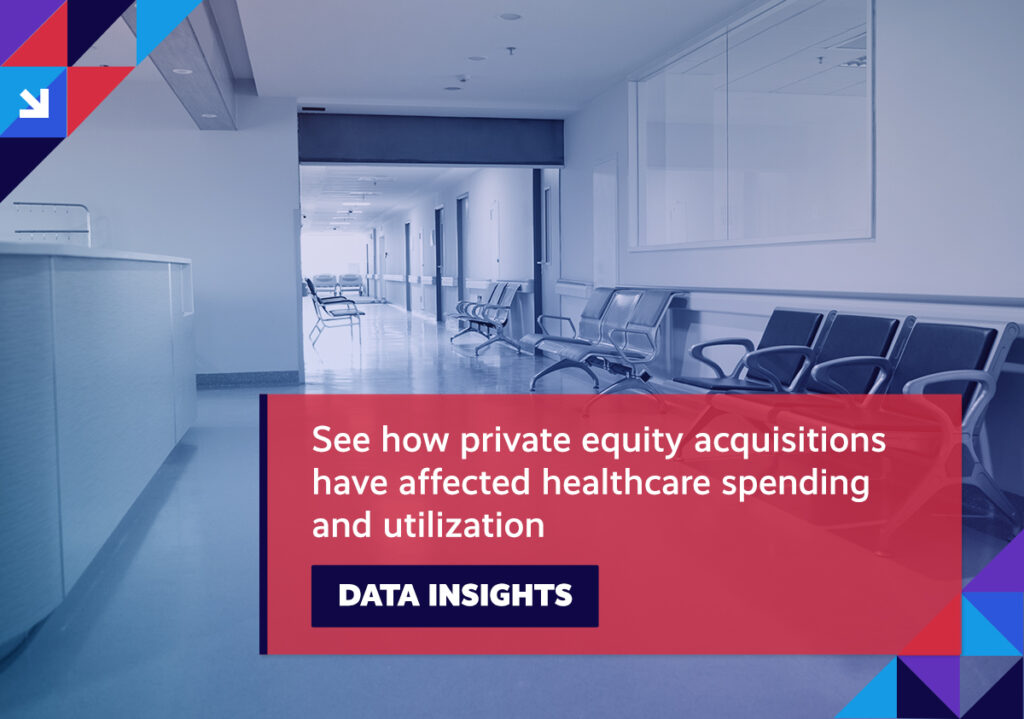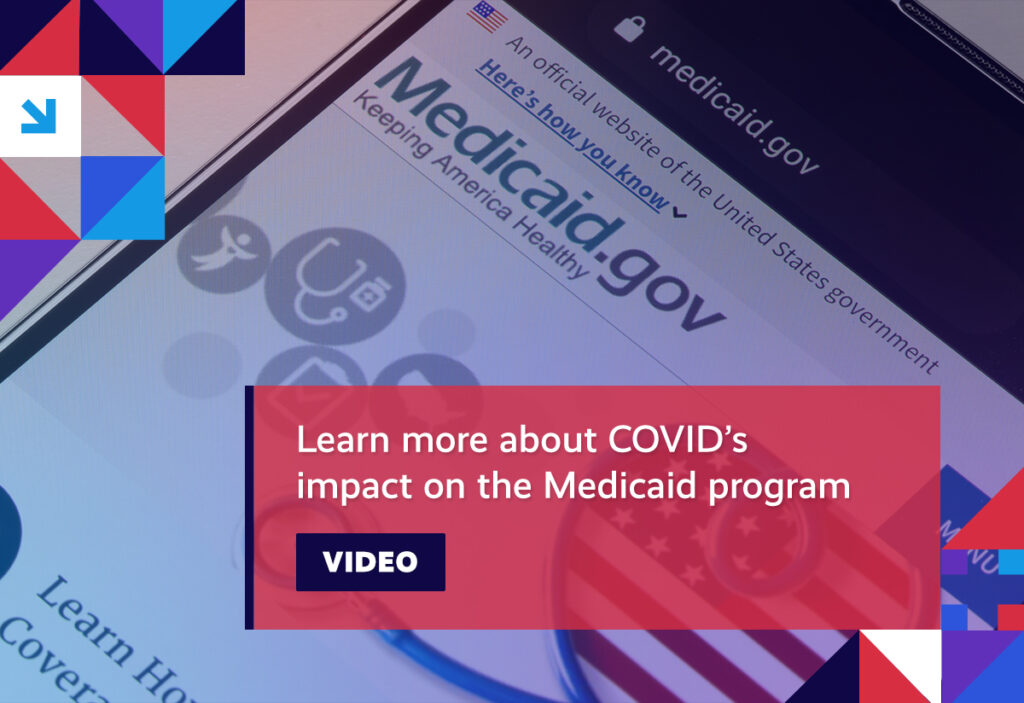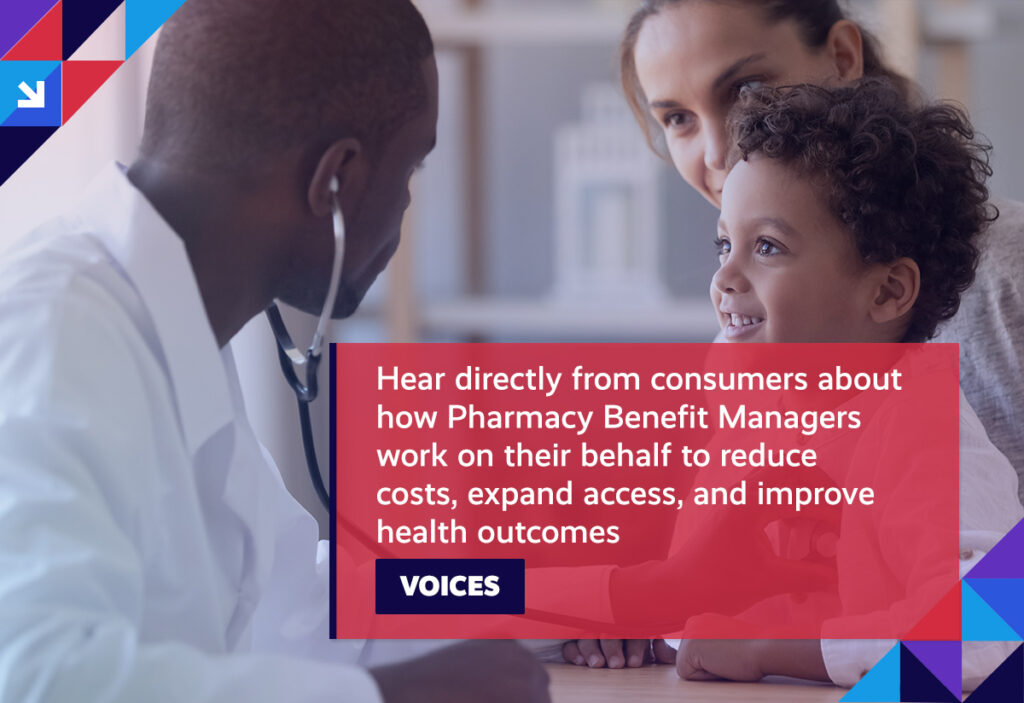A new study links private equity investments to higher costs; drugmakers profit from donations to patient charities; Medicare Advantage continues to grow; and, a reminder of the critical role that the Medicaid program has played during the ongoing coronavirus public health crisis.
We encourage you to stay involved as implementation efforts surrounding healthcare reform progress. Visit the Health Action Network and be sure to let us know what’s on your mind.
Item of the Week

Week in Review
Private Equity: According to the results of a new study published in JAMA Health Forum, when private equity companies acquire physician practices, both healthcare spending and utilization go up. In fact, compared with other practices, private equity-controlled practices charged an average of 20 percent more per claim in the months following their acquisition. One thing the report failed to establish is what, if any, impact private equity ownership had on clinical outcomes. What researchers did point out, though, is that the financial incentives driving these private equity investments prioritizes annual returns in the double digits, meaning that, once ownership of these facilities changes hands, the new owners must either generate higher revenue or reduce costs. With nearly three-quarters of all doctors in the U.S. now working for corporate entities, like private equity firms, there’s growing alarm over how these interests are reshaping our healthcare delivery model – even more so with investors training their sights on specialty care. These concerns are tied to the growing number of providers choosing to remain outside insurance plans’ networks, a profit-maximizing strategy increasingly employed by private equity firms. This volume of out-of-network providers has contributed to the extensive utilization of independent dispute resolution (IDR) to resolve payment disputes, indicating that some providers or facilities – many of which are now owned and operated by private equity interests – now see the IDR process as a potentially lucrative business strategy. This continued abuse of the IDR system prioritizes short-term profits for these firms while driving up healthcare costs for consumers and the entire healthcare system.

Rx Profits: Another new study shows that drugmakers may be side-stepping the federal Anti-Kickback Statute in order to profit from charitable donations made to groups that help Medicare patients pay for costly medicines. Those rules are meant to prevent manufacturers from realizing financial gains when they help subsidize beneficiaries’ co-pays for prescription drugs. However, according to research published in Health Affairs, drugmakers have exploited an enforcement loophole that permits these companies to make donations to patient assistance charities, which worsens the affordability of prescription drugs for the healthcare system overall. The study also found that manufacturers use these programs to induce the use of their drugs (which may be cost-ineffective or inappropriate) and refuse to negotiate lower prices with insurers. Between 2010 and 2017, the percentage of Medicare Advantage drug spending estimated to qualify for charity assistance increased from 29 percent to 41 percent. On average, researchers found that half of the drug spending within each medical condition could be linked to a single manufacturer.
Medicare Advantage: Nearly half of all eligible Medicare beneficiaries (48 percent) are now enrolled in Medicare Advantage (MA) plans, an 8 percent increase from 2021. A decade ago, just over one-quarter of beneficiaries (27 percent) were enrolled in the MA program. Researchers point to the additional benefits offered by MA plans compared to traditional fee-for-service Medicare, including dental, vision, transportation, and meals, as one of the drivers of enrollment growth. In fact, according to an earlier projection from the Congressional Budget Office, the percentage of Medicare beneficiaries enrolled in MA plans is expected to eclipse 60 percent by 2032.
Medicaid: The coronavirus public health crisis required a rapid response from all corners of our healthcare system in order to minimize disruption to access and ensure Americans had the resources they needed to weather these uncertain times. Perhaps nowhere was this more evident than in the vital safety net role that the Medicaid program plays. Medicaid has become the largest healthcare program in the country, covering more than 1 in 5 people in the U.S. Beyond just the coverage numbers, though, the program is also enjoying high levels of support, with the vast majority of Americans not only having a favorable view of Medicaid (76 percent), but even more saying it’s important to have a strong, sustainable program (88 percent). Further, 65 percent of Americans oppose cutting funding to Medicaid.

Spotlight

| You can keep up with the latest by following the Health Action Network on Twitter and by liking us on Facebook. And, be sure to check us out on LinkedIn, too. As always, let us know if there’s something you’d like to see covered in a future newsletter. |
